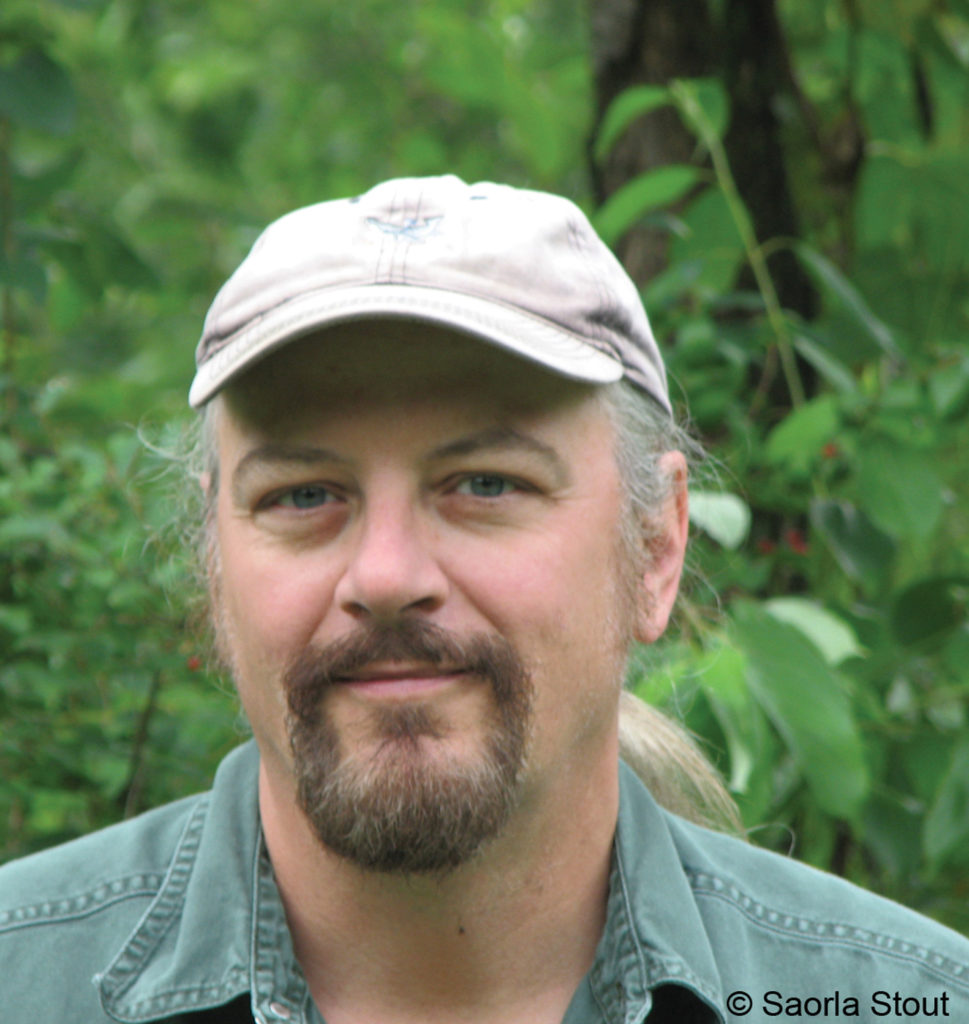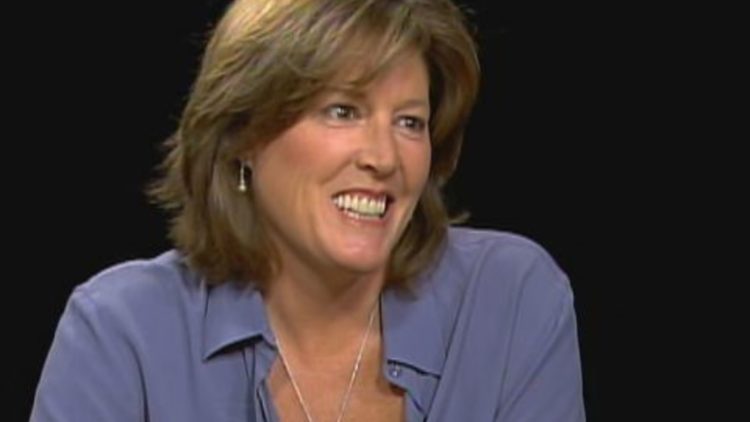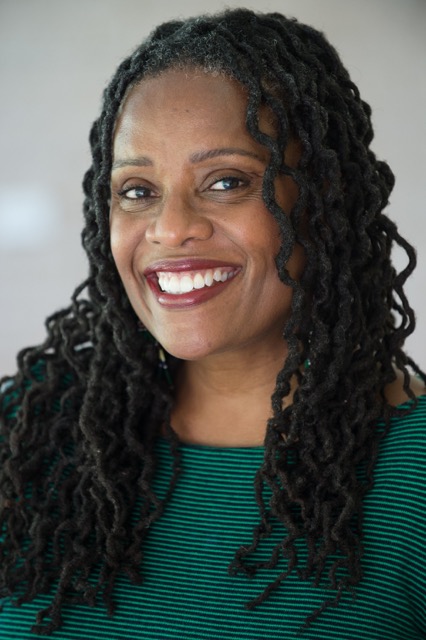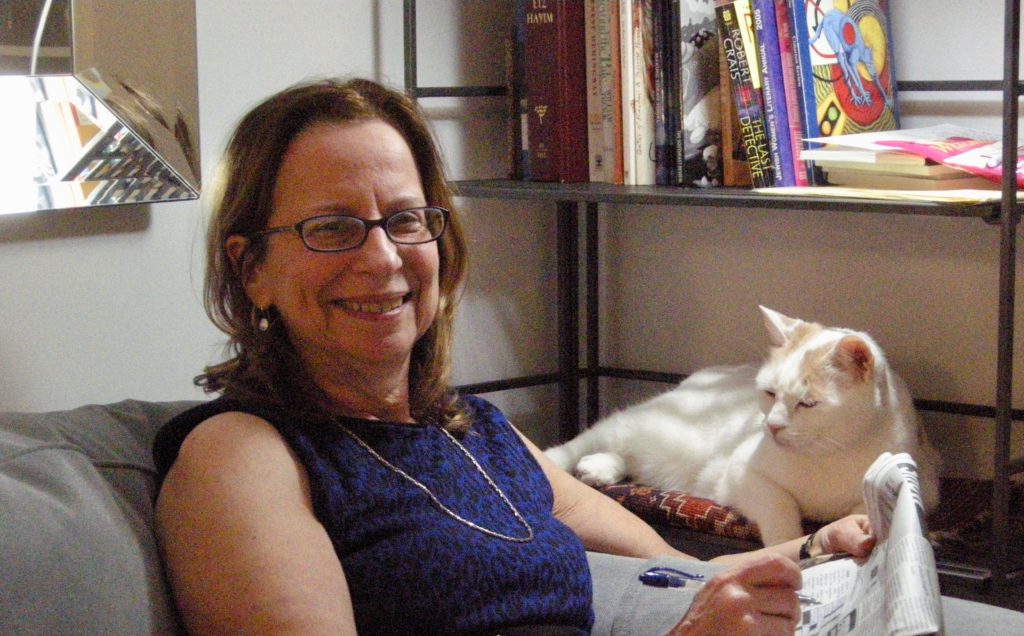Have you ever been on the receiving end of journalism: the subject of, or even just a mention in, a news story? Perhaps it was about a friend or relative. Or an obituary of a family member. Did they get it right? Ask readers, reporters, and editors this question and you’ll hear a catalog of misspelled names, mangled quotes, factual errors. My father’s obit misspelled my sister’s name.
Surveys have shown that the public expects the news media to be accurate, even though people are less confident than they used to be that news organizations get the facts right. That’s why accuracy must be a mindset, a passion for accuracy.
Everyone makes mistakes. No one is perfect, but journalists and other writers must take great care to get it right. Otherwise, they lose their greatest asset: credibility.
Accuracy is the goal; fact-checking is the process.
After tracking errors in The Oregonian of Portland, editors concluded that the three most frequent sources of error are:
- Working from memory.
- Making assumptions.
- Dealing with second-hand sources.
The way to achieve accuracy is to develop a system and adhere to it religiously, former Oregonian editor Michele McLellan found in her research. One of my favorite resources remains “44 Tips for Greater Accuracy,” created by Frank E. Fee. Jr., the former Knight Professor of Editing at Ohio University. Aimed at copy editors, Fee’s tips are an invaluable checklist for writers as well. For me, the most important one is “Never assume anything,” followed by “Don’t be too busy or too proud to check a fact.”
If you’re having an accuracy problem, pay attention to three fault lines as you go about your job:
DURING THE REPORTING, take the extra seconds to read back the spelling of the source’s name. Ask for the person’s age. If you ask for birthdate and year, you’ll always have the information needed to update it. Some writers ask sources to write down their names in their reporter’s notebook.
DURING THE WRITING, consult your documentary sources — notebook, printed materials, audio recording and transcripts. If you don’t want to interrupt the writing flow, make sure to put a mark reminding you to double-check it later. “CK” for “check” is the standard proofreader’s mark. “CQ” is shorthand for “this has been checked for accuracy;” it is often used with unusual spellings, facts and figures. It alerts copy editors that you’ve done your job. Of course, they should double-check nonetheless.
AFTER THE WRITING, assemble all your source materials — notebooks, interview transcripts, tapes, books, studies, photographs — everything you’ve used to report and write your story. Then go over every single word in the story and compare it to the original source. (That’s the approach that Pulitzer Prize-winning narrative writer Tom French took. At the St. Petersburg Times, where we worked together, I watched in awe how, despite the length of his serial narratives, he put a check mark over every word to show that he’d linked it to a source. Sure it’s time-consuming, but you can sleep a little easier and increase your chances of dodging a libel suit. Even on daily stories with very tight deadIines, you can manage your time—setting a deadline fifteen minutes before the story is due—to make one printout just for names and titles, another for quotes, a third for other factual details. An eminently helpful aid, as I wrote in an earlier post, is your computer’s text-to-speech ability to read your story aloud. Reading while listening usually flags flaws that eluded you.
Don’t be afraid to call your sources back and double-check. If you’re describing a financial transaction, a medical procedure or how a sewer bond works, there’s nothing wrong with calling an expert and asking her to listen to what you’ve written. Your obligation is to be clear and accurate.
Listen to the voice in your head. Whenever I made a mistake in a story, I could always go back to a moment where it happened. It was almost as if a tiny bell was ringing a faint warning that I ignored. Usually, it was an assumption I made or a question I failed to address. There is a moment of truth in writing where you can take either the accurate path or the inaccurate one.
I was obsessive about it, but in 22 years as a reporter, I wrote stories that had corrections appended only about a half-dozen times. That doesn’t mean all my other stories were error-free; they just went unnoticed, I imagine.
Errors are the bane of journalists. As a rookie reporter, I used to keep my corrections in my top desk drawer; I wanted their presence to haunt me. Reporters who start their careers working for small-town papers, as I did, learn an unforgettable lesson about accuracy when they make a mistake in an obituary and hear from the deceased’s survivors.
Some magazines employ fact-checkers. They verify facts names, titles, ages, addresses and quotations in the story. Other writers I know rely on friends and family to keep them out of trouble. (Thanks, Casey and Jeff!) Despite our best efforts, some mistakes have slipped through the cracks. I don’t think a story or a book without some mistakes exists. A case in point: “In This Issue” of Chip’s Writing Lessons #49 had two formatting errors: the wrong headline for the tip of the week and a headline for a “Writing to Savor” that didn’t appear later in the newsletter. I regret any confusion this caused. I try to remember that Appalachian quilt makers put mistakes in their work because, they say, the devil loves perfection. But the careful, responsible writer always tries hard to get it right, even if they don’t always succeed.




